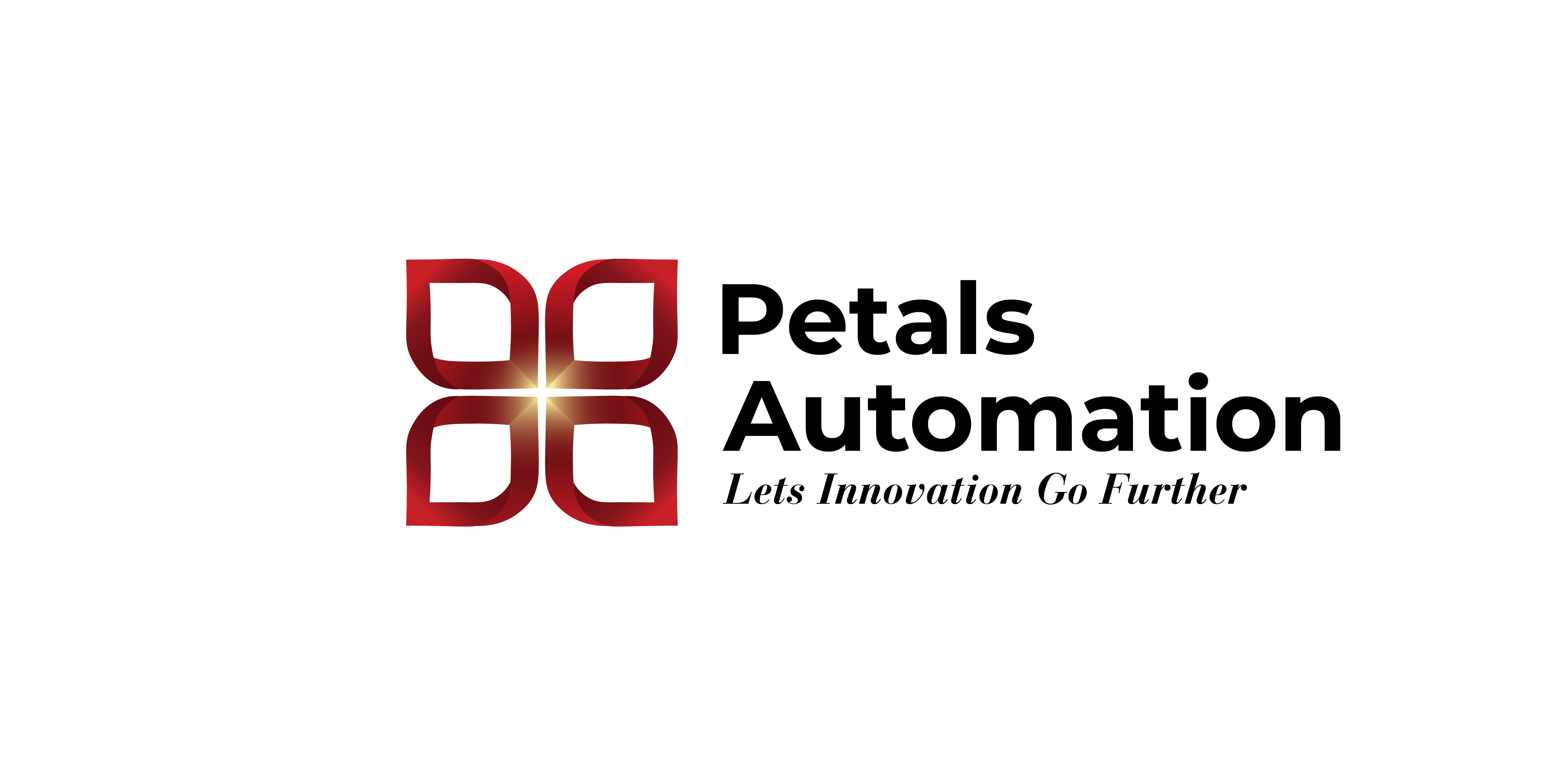The Evolution of STEAM Education: From STEM to STEAM

STEM Education to Fulfill in the 21st Century
This study reviews the implementation of STEM education models in the early 21st century, highlighting benefits such as enhancing critical thinking, creativity, and logical reasoning.
The Role of STEM Education in Developing Knowledge
STEM education plays a crucial role in developing logical thinking, experimentation skills, and problem-solving abilities.
Effects of STEM Education on Mathematics and Science
STEM education enhances skills like critical thinking, spatial visualization, and language proficiency. More emphasis should be placed on implementing STEM beyond higher education.
Real-World Applications
STEM programs incorporate real-world scenarios to highlight the significance of the subject matter.
Hands-on Learning
Practical learning experiences help students interact with subjects in new and engaging ways.
Preparing Students for High-Demand Careers
STEM careers are projected to grow at a higher rate than non-STEM fields, offering competitive salaries and opportunities.
The Rise of STEM Education
STEM education emerged in response to growing global demands for technical skills in a digital economy. Initially promoted by the National Science Foundation, it aimed to prepare students for innovation-driven careers.
The Future of STEM Education
- Personalized and adaptive learning with AI integration
- Integration of emerging technologies like AR, VR, and blockchain
- Focus on sustainability and addressing global challenges
- Strengthening interdisciplinary learning and holistic approaches
- Global collaborations to drive innovation
Conclusion
The future of STEM education relies on innovation, inclusivity, and adaptability to meet the evolving demands of technology, society, and the workforce.

